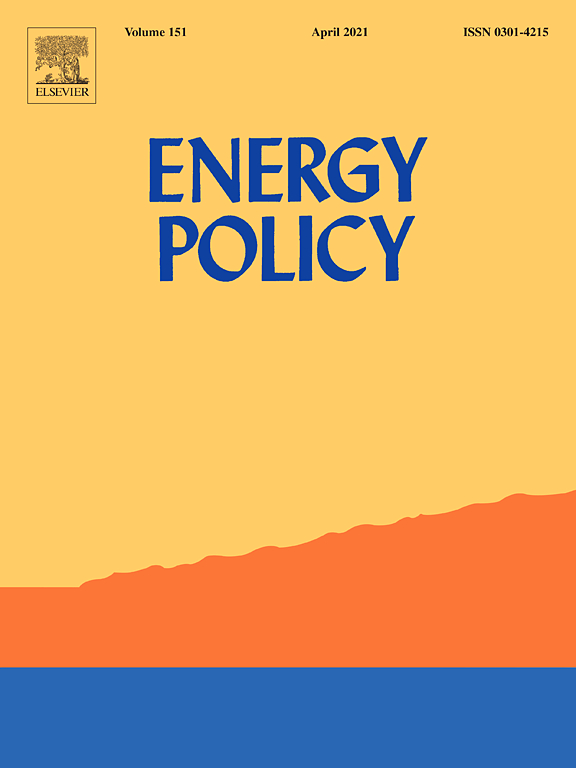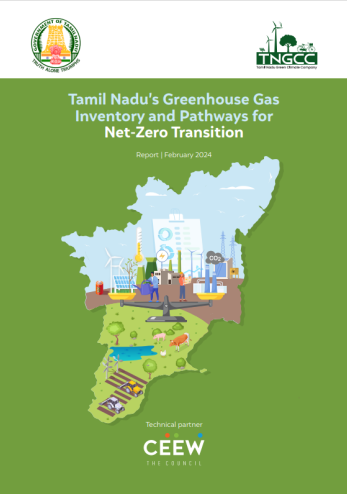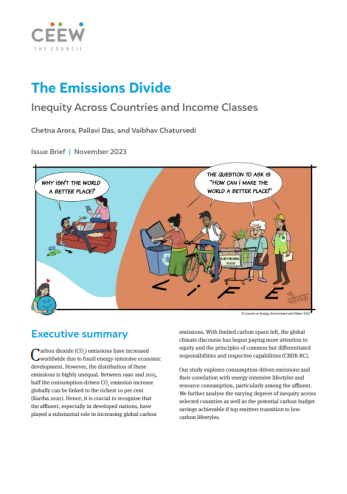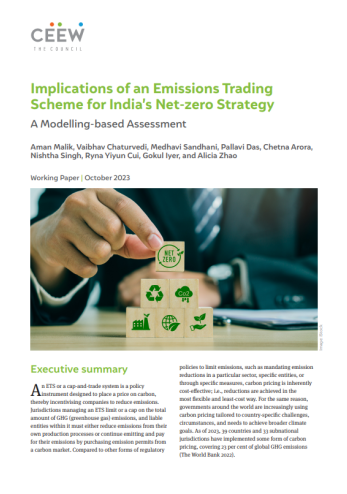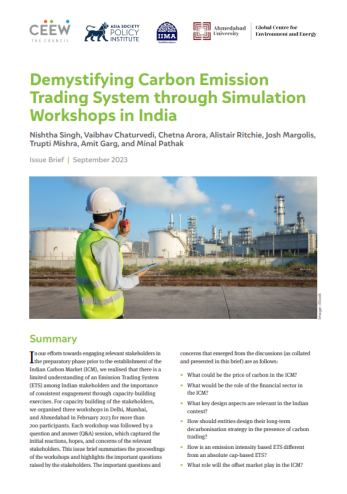Paper
A Multi-Model Assessment of Energy and Emissions for India's Transportation Sector through 2050
Anantha Lakshmi Paladugula, Nazar Kholod, Vaibhav Chaturvedi, Probal Pratap Ghosh, Sarbojit Pal, Leon Clarke, Meredydd Evans, Page Kayle, Poonam Nagar Koti, Kirit Parik, Sharif Qamar, Sangeeta Ann Wilson
June 2018 | Low-carbon Economy, Sustainable Mobility
Suggested Citation: Paladugula, Anantha Lakshmi, Nazar Kholod, Vaibhav Chaturvedi, Probal Pratap Ghosh, Sarbojit Pal, Leon Clarke, Meredydd Evans et al. "A multi-model assessment of energy and emissions for India's transportation sector through 2050." Energy Policy 116 (2018): 10-18.
Overview
This paper focuses on comparing the framework and projection of energy consumption and emissions from India’s transportation sector up to 2050. It analyses baseline projections for the transportation sector developed by five different teams. This was a part of the inter-model comparison exercise under the Sustainable Growth Working Group (SGWG) of the US-India Energy Dialogue. It highlights the developments in India's passenger and freight road transport, including changes in the modal shift and the resulting changes in energy consumption, carbon dioxide (CO2) and particulate matter (PM2.5) emissions. It also reveals important data gaps in the transportation sector. Further, policymakers can use the results to set quantified targets in emission reductions from the transportation sector. The analysis of energy demand and emission trends are done under a reference scenario that assumes no policy changes in the future.
Key Highlights
- In 2018, the transportation sector in India consumed about 70 per cent of diesel and 99.6 per cent of petrol in the country.
- The demand for petroleum products increased by over 4 per cent per year from 2010 to 2015.
- India's transportation sector contributes about 10 per cent of total national greenhouse gas (GHG) emissions and road transportation contributes about 87 per cent of the total emissions in the sector.
- Energy consumption by passenger vehicles increases by 3.7 to 5.5 per cent per year; energy consumption for freight transport increases by 4.6 to 7.2 per cent per year.
- Emissions from cars represent an increasing share of transportation-related PM2.5 emissions in all the models, representing about one-third of additional PM2.5 emissions in 2050.
- CO2 emissions from the transportation sector will continue to grow by 4.1 to 6.1 per cent per year, leading to an increase by seven times in 2050 relative to 2010.
- A fast increase in energy demand from road transport will further exacerbate India's dependency on imported oil.
- India needs to take additional steps to decarbonise the transportation sector.
- Under the reference scenario, PM2.5 emissions are projected to grow by 2.6 times by 2050. This would exacerbate the severe air-quality problems and create challenges in meeting long-term climate-mitigation goals.
Key Recommendations
- Develop a data collection framework focusing on India's transportation sector with inputs from NITI Aayog, modelling teams, and other civil society and government experts. This should be developed by the Ministry of Statistics and Programme Implementation.
- Focus on collecting regular data related to short and long-distance travel behaviour, energy consumption by type of vehicles, number of vehicles by type and emission standard, load factors, and service demand for passenger vehicles and freight transport.
- Create policies to avert potential emissions from the transportation sector to achieve deeper decarbonisation. Strengthen current emissions standards to reduce emissions.
- Launch a scheme to encourage bus transport in urban areas.
Assuming no changes in the policy scenario, PM2.5 emissions are projected to grow by 2.6 times by 2050. This would exacerbate the severe air-quality problems and create challenges in meeting long-term climate-mitigation goals.




